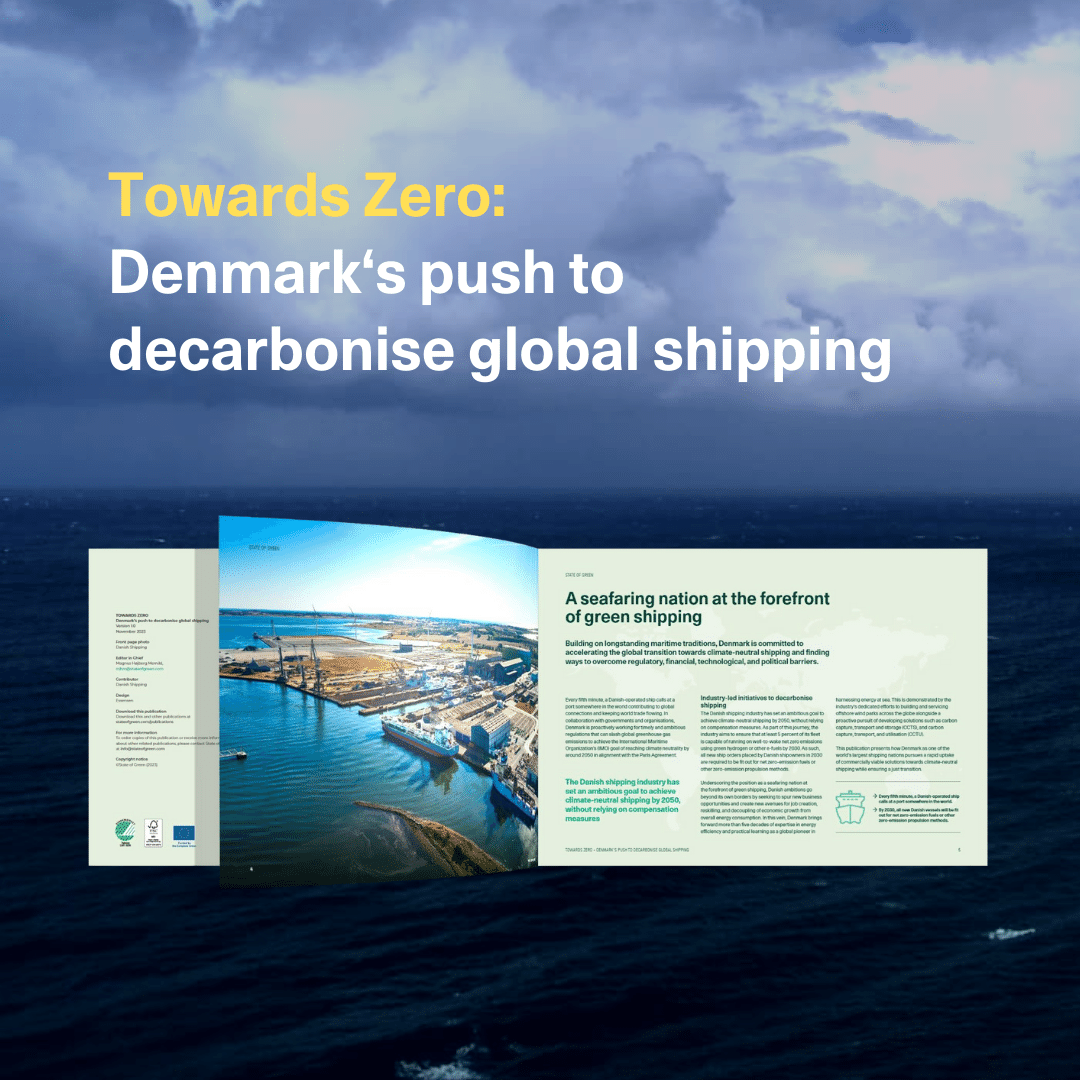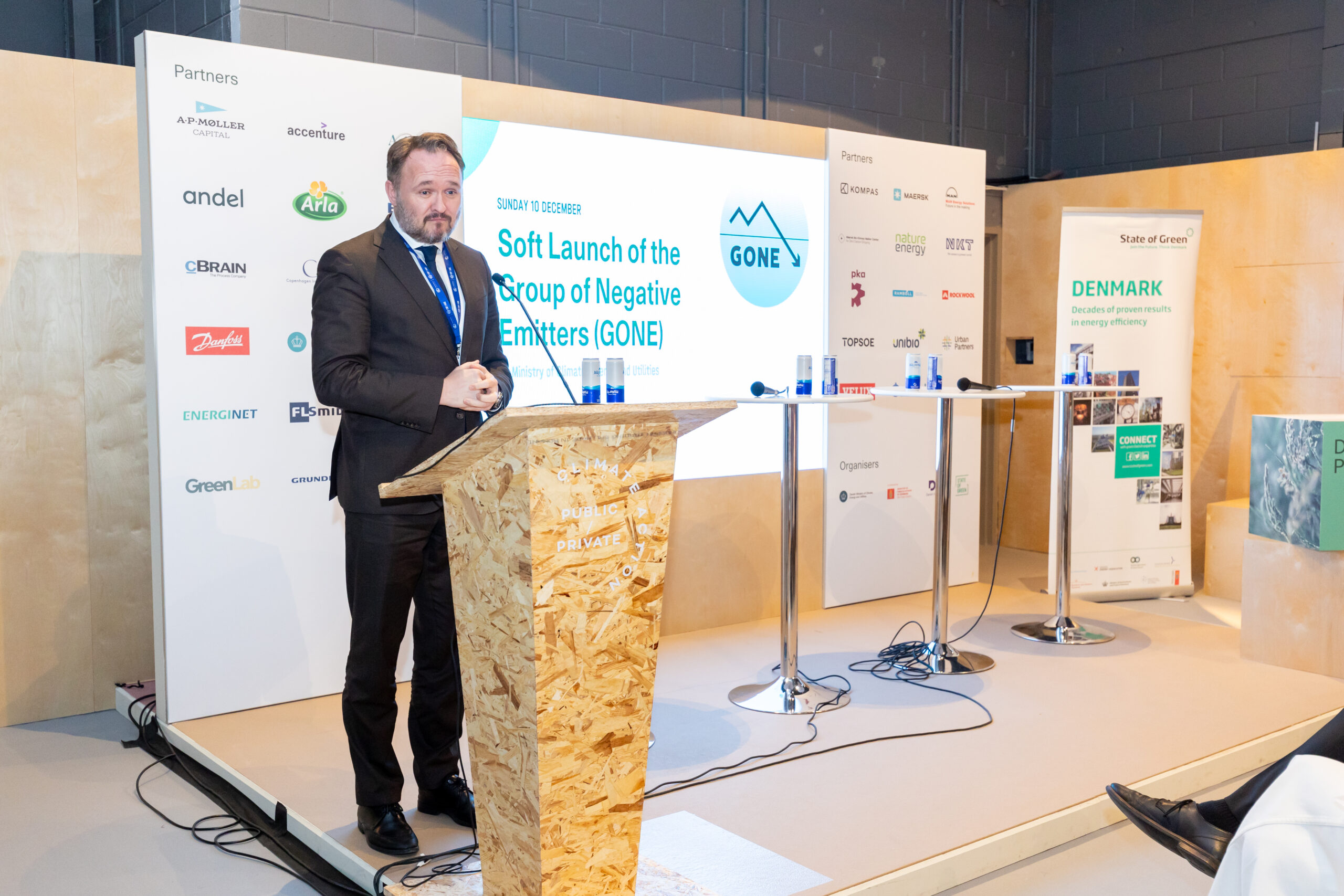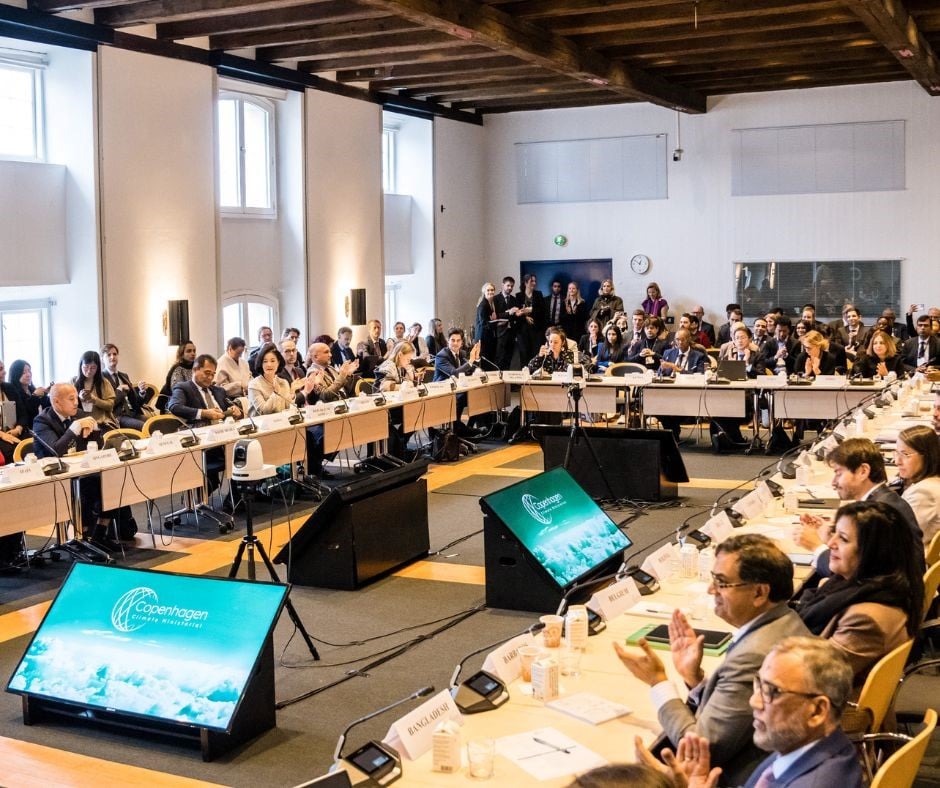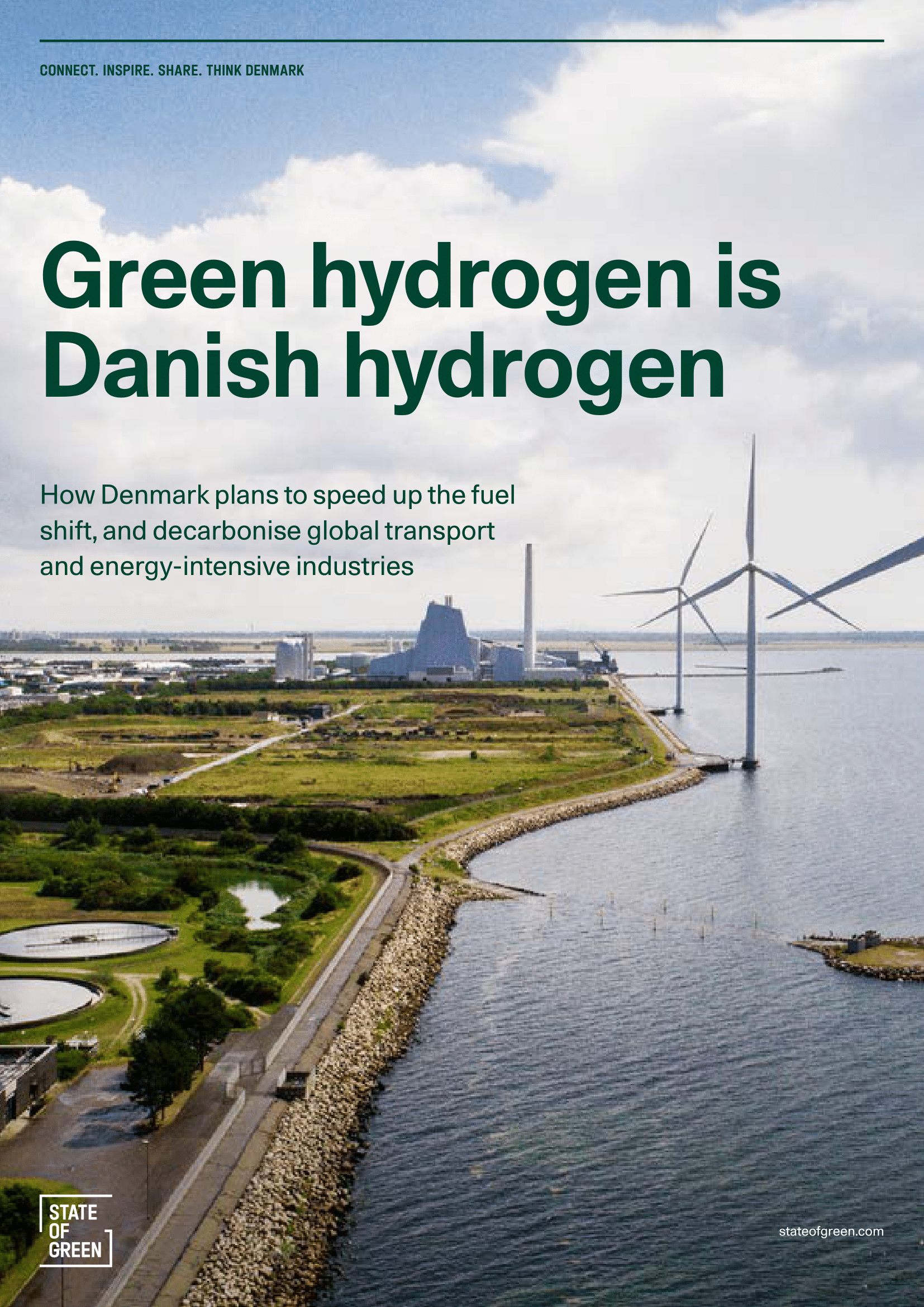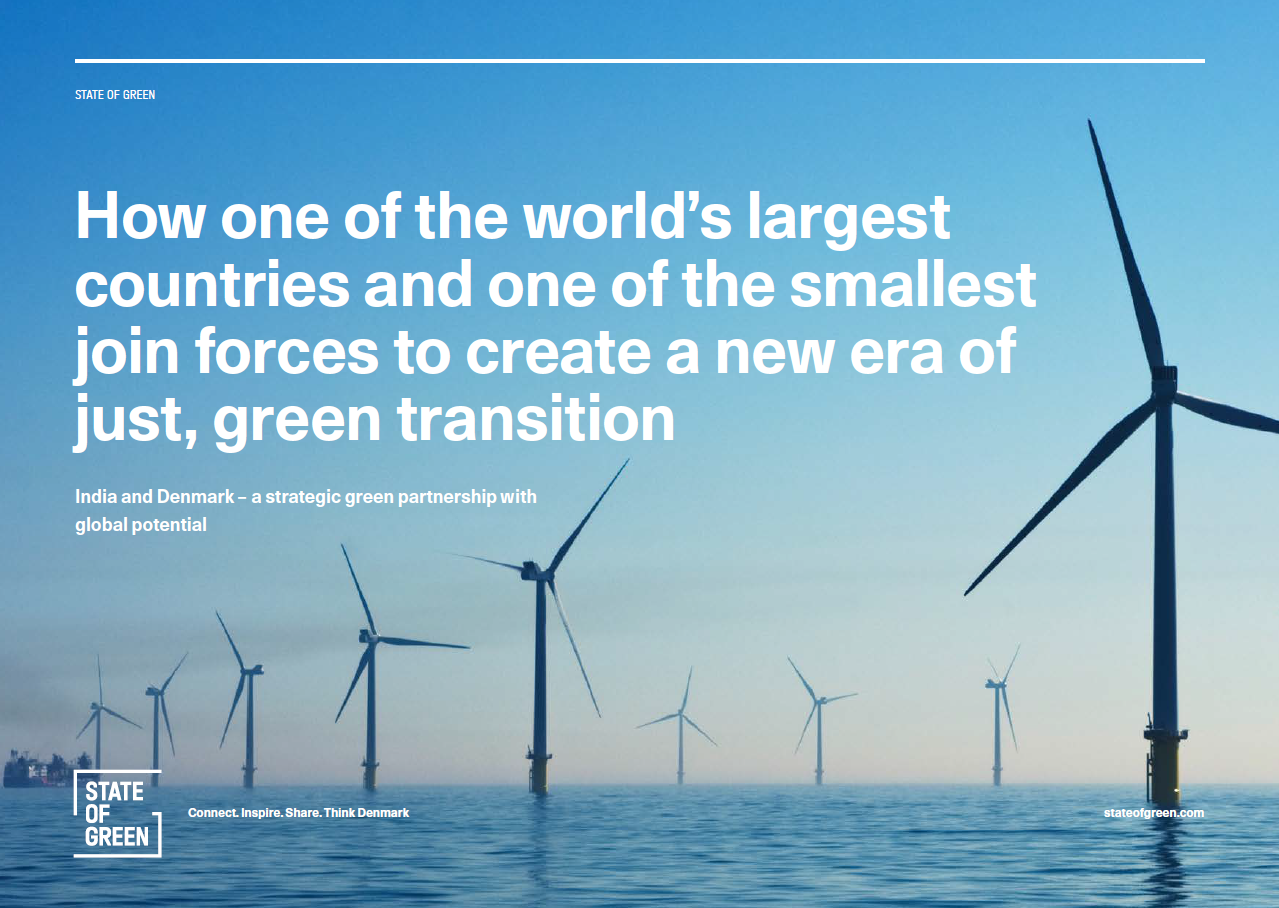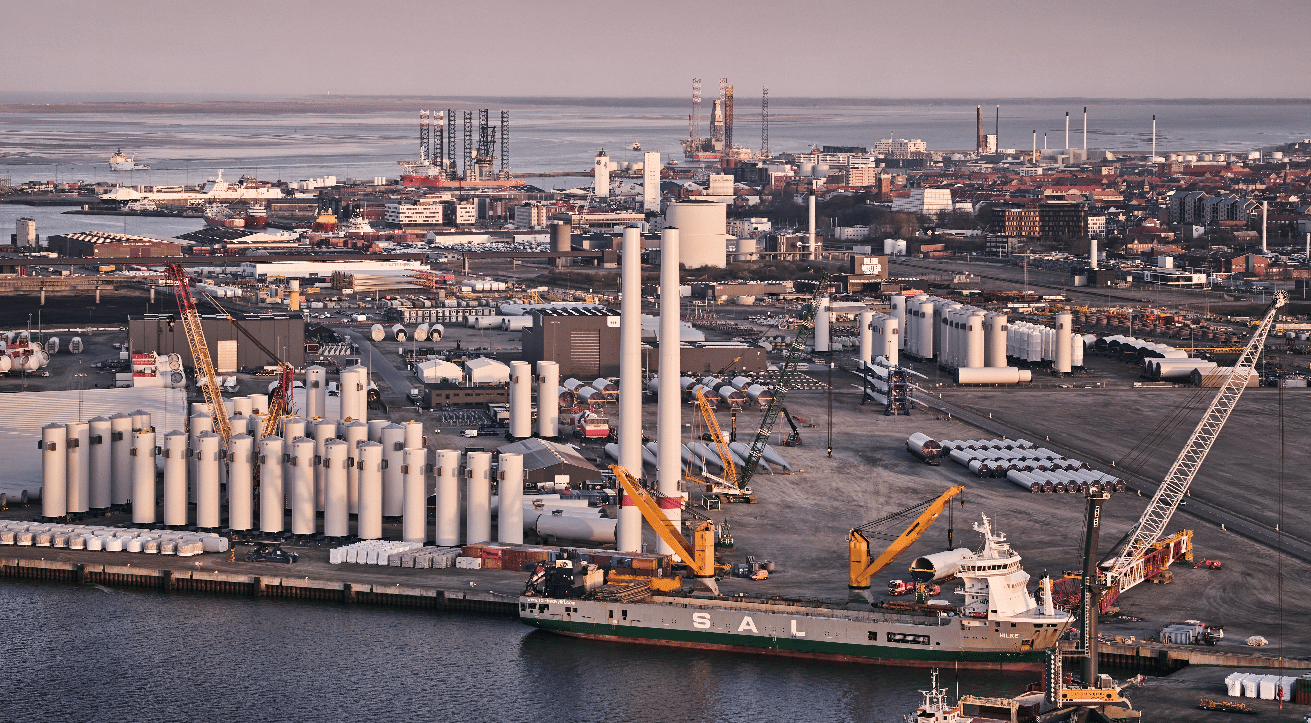News
Offshore wind
European Green Deal strives for climate neutrality in Europe by 2050
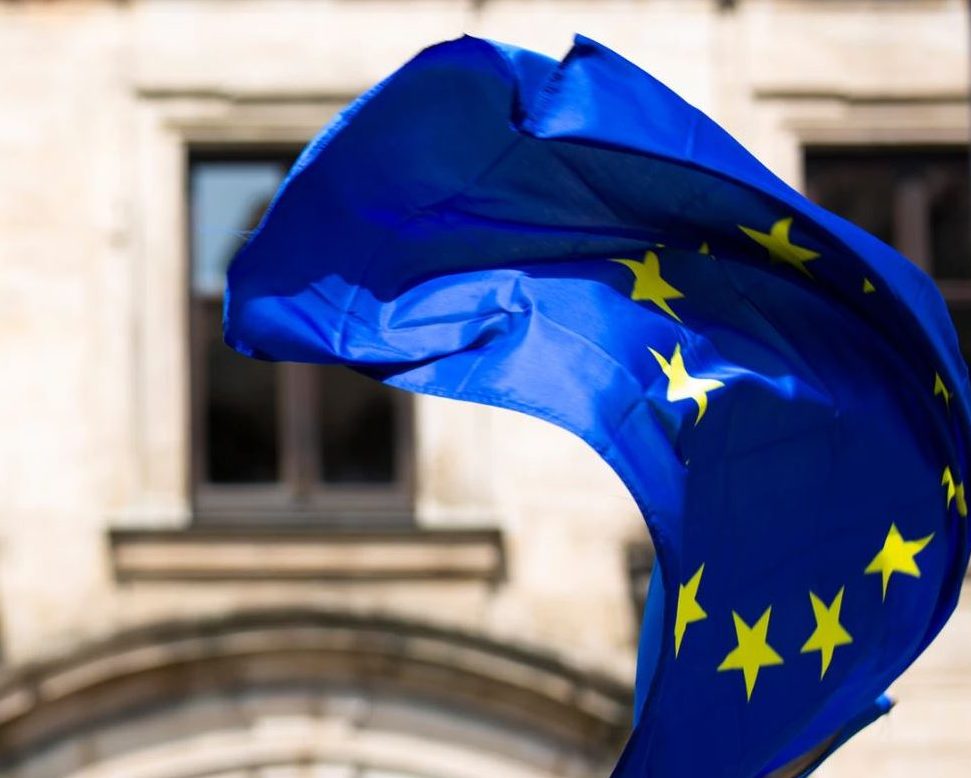

A CO2-tariff on unsustainable, non-EU goods; a plan for the expansion of forests in Europe; more money for research on climate and the establishment of a foundation to help countries transition to green energy.
These are some of the proposals in the new “European Green Deal” announced by the EU following the EU parliament’s decision to declare a climate and environmental emergency in Europe and globally in November 2019.
-Related news: During COP25, Denmark passes Climate Act with a 70 per cent reduction target
Danish companies are ready to contribute the necessary technology to meet the goal, said Confederation of Danish Industry's (DI) European political head, Anders Ladefoged, to DI Business (in Danish).
“Denmark has high climate ambitions, but we cannot fight climate change alone. It is crucial that we work together in the EU to create a greener world. A very important step has been taken in the right direction with the EU's green climate plan,” he said.
In the new EU climate plan, the EU's CO2-emissions must be reduced by 50-55 per cent by 2030 and EU must be climate neutral by 2050.
“The EU's climate plan is a toolbox for green change throughout the region. In addition to having more green energy, there is also a focus on circular economy and water technology, where Danish companies are very competitive,” commented Anders Ladefoged.
Offshore wind and electric cars are priorities for EU
The European Green Deal is a roadmap with 50 specific initiatives and legislative proposals that will be presented within the next 18 months. One of the 50 proposals is a dedicated strategy for offshore wind and this is cause for excitement in the industry organisation Danish Energy.
“Offshore wind has fallen significantly in price over the past few years and this means that politicians across Europe have seriously opened their eyes to the potential. The total capacity, according to the EU Commission's analysis, must be 20-fold by 2050, so there is a need for more areas to establish offshore windfarms, especially in the North Sea and the Baltic Sea, and for the European transmission network (ENTSO-E) to be significantly expanded. Therefore, a dedicated offshore wind strategy is the right place to start,” said Anders Stouge, deputy CEO at Danish Energy in a press release (in Danish).
-Related news: Europe’s state of the environment 2020: a sustainable future is still possible, but a change of direction is urgently needed
A part of the European Green Deal proposals will be a number of initiatives on electrification of transport. Among other things, the rules for how much CO2 passenger cars can emit per miles is proposed to get tightened and there will be a focus on rolling out more charging stands for electric cars throughout Europe.
The next step is for the European Commission to discuss the plan with the European Parliament and the European Council to endorse the ambitions set forth in the climate plan.
Sources
